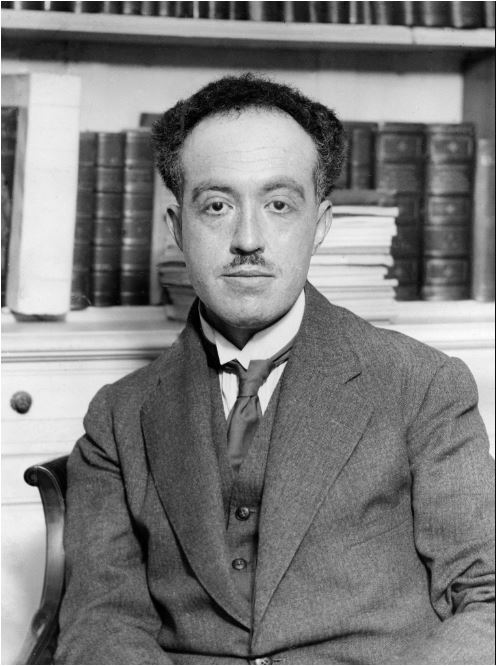Why was Louis de Broglie Awarded the Noble Prize for Physics in 1929?
Louis de Broglie: Nobel Laureate for the Wave-Particle Duality (1929)
Louis de Broglie, a French physicist, made groundbreaking contributions to the field of quantum mechanics during the early 20th century. Renowned for his revolutionary theory of matter waves, de Broglie played a pivotal role in bridging the gap between wave and particle behavior of matter. In recognition of his exceptional research, he was awarded the Nobel Prize for Physics in 1929. This article explores the reasons behind de Broglie’s prestigious honor and highlights his remarkable scientific breakthroughs.

Wave-Particle Duality and the de Broglie Hypothesis:
Louis de Broglie’s Nobel Prize was primarily awarded for his theory of matter waves, also known as the de Broglie hypothesis. In 1924, de Broglie proposed that not only electromagnetic radiation but also particles such as electrons and protons exhibit wave-like properties.
According to de Broglie’s hypothesis, particles possess wave characteristics and are associated with a wavelength inversely proportional to their momentum. This revolutionary idea laid the foundation for the concept of wave-particle duality, which suggests that matter can exhibit both wave and particle behaviors depending on the experimental conditions.
Confirmation of the de Broglie Hypothesis:
The significance of de Broglie’s hypothesis was confirmed through subsequent experimental observations. In 1927, Clinton Davisson and Lester Germer experimentally demonstrated electron diffraction, providing direct evidence for the wave-like nature of particles. This groundbreaking experiment provided experimental validation for de Broglie’s theory, solidifying the concept of wave-particle duality.
Impact on Quantum Mechanics:
De Broglie’s theory of matter waves played a crucial role in the development of quantum mechanics, profoundly influencing our understanding of the microscopic world. The wave-particle duality concept laid the groundwork for the Schrödinger equation, which describes the behavior of quantum particles as wavefunctions.
De Broglie’s work provided a unifying framework that explained the dual behavior of matter, reconciling the seemingly contradictory wave and particle characteristics observed in various experiments. His theory enabled scientists to interpret and understand phenomena such as electron diffraction, the quantization of energy levels, and the behavior of subatomic particles.
Recognition and Legacy:
Louis de Broglie’s Nobel Prize for Physics in 1929 honored his exceptional scientific achievements and the transformative impact of his theory of matter waves. His groundbreaking hypothesis of wave-particle duality revolutionized our understanding of the fundamental nature of matter and played a vital role in the development of quantum mechanics.
De Broglie’s contributions continue to shape modern physics and have paved the way for numerous applications in fields such as electron microscopy, particle accelerators, and quantum computing. His revolutionary insights laid the foundation for further advancements in understanding the behavior of particles at the atomic and subatomic levels.
Louis de Broglie’s Nobel Prize for Physics in 1929 celebrated his groundbreaking theory of matter waves and the concept of wave-particle duality. His hypothesis revolutionized our understanding of the behavior of particles, reconciling their wave and particle characteristics. De Broglie’s work not only contributed to the development of quantum mechanics but also influenced numerous applications in modern physics. His legacy serves as a testament to the transformative power of innovative thinking and theoretical insights in shaping our understanding of the natural world.




